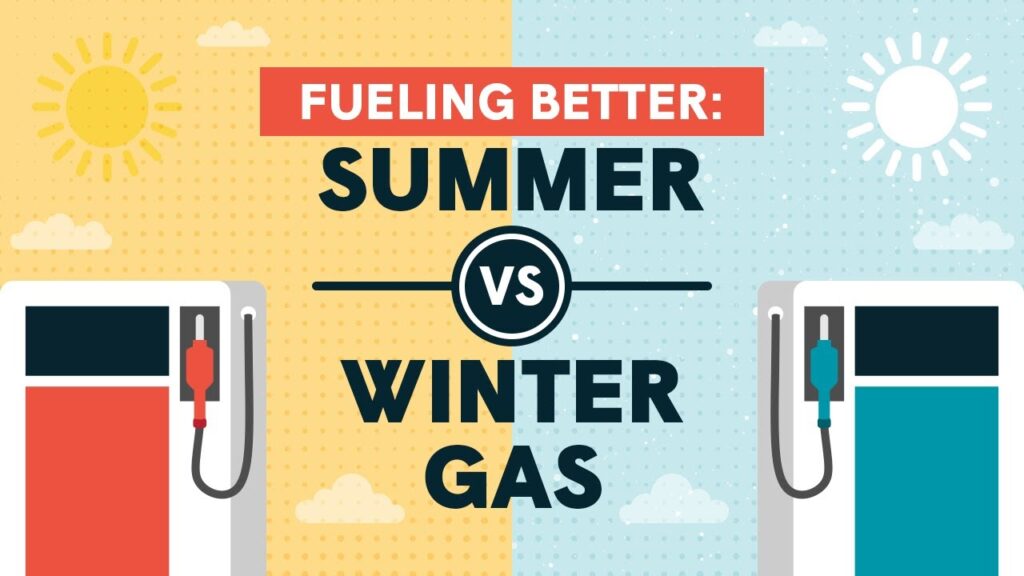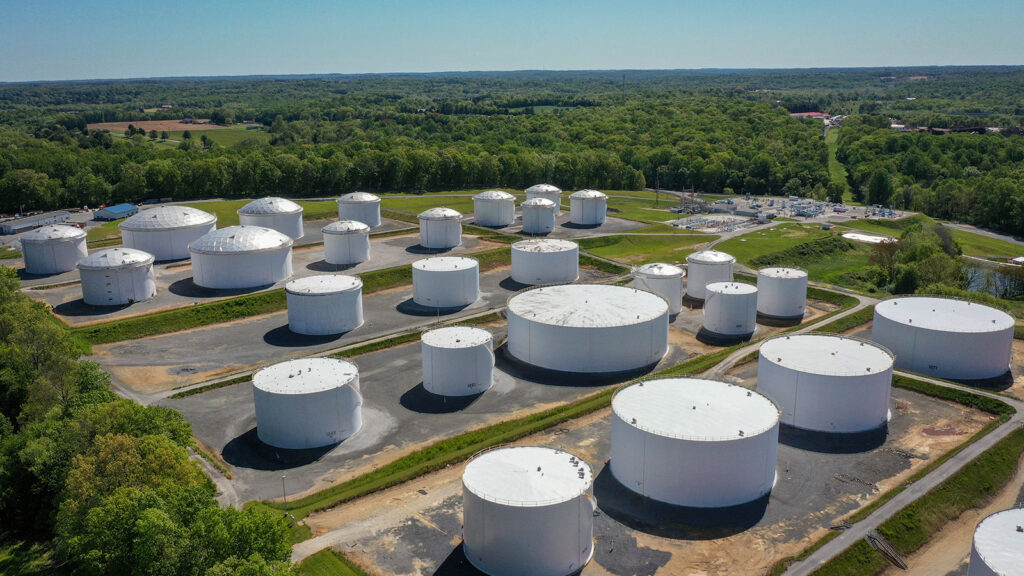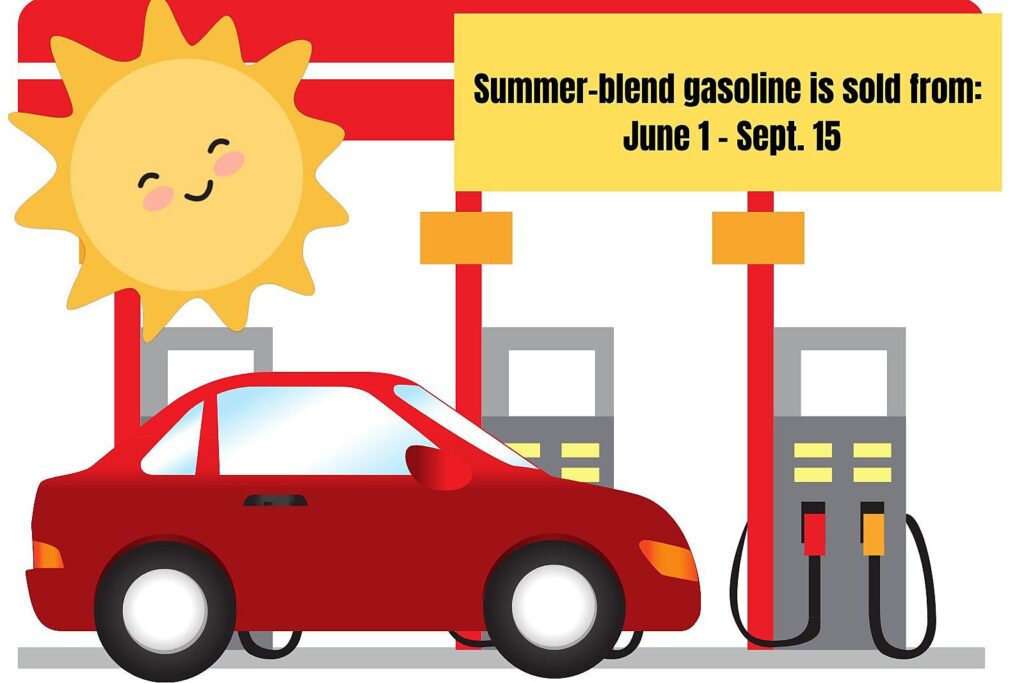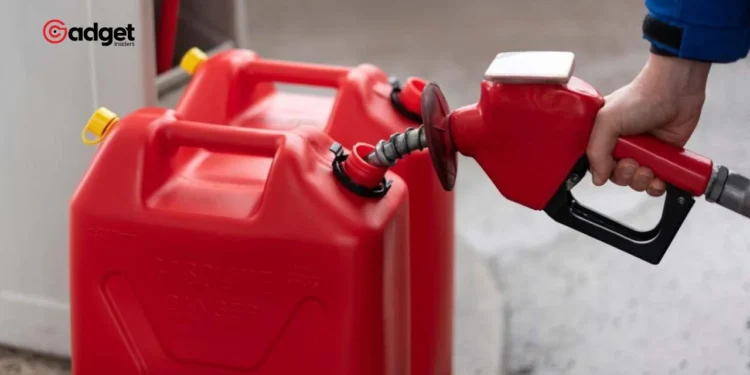If you’ve noticed a slight decrease in the amount it costs to fill your gas tank, you’re not alone. With crude oil prices on a decline, so too are the prices of diesel and jet fuel—both significant contributors to oil refiners’ profits. This trend is directly benefiting consumers at the gas pump.
As of a recent Sunday, AAA reported the national average price of regular gasoline at $3.536 per gallon, a subtle decrease from $3.544 the day before, and significantly down 3.9% from this year’s peak of $3.679 per gallon observed on April 19.
The price of gasoline varies widely across the United States, from just over $3 in Mississippi to a steep $5.05 in California. Interestingly, since May 29, the national average has consistently been lower than the figures recorded at the same time last year, as per AAA’s data.

Why Are Gas Prices Falling?
Several factors contribute to the declining prices of jet fuel and diesel globally, notably an oversupply in the market. Jet fuel futures have notably decreased, with a dramatic drop of more than 13% to $2.3842 a gallon from a peak of $2.7534 reached in early April.

Moreover, the scorching temperatures in regions like the Middle East and South Asia, where it’s becoming increasingly unbearable to step outside, are causing a reduction in driving. New Delhi, India, has been experiencing severe heatwaves, with temperatures forecasted to soar above 107 degrees Fahrenheit over the next eight days, peaking at a staggering 120 degrees last week.
Despite OPEC+ nations’ efforts to curb exports, the large supplies and the ongoing hot weather in the United States might push prices down even further in the coming weeks.
The Broader Impact on the Energy Sector
The dip in fuel prices is having a ripple effect across the energy sector, particularly affecting energy stocks. The Energy Select Sector SPDR ETF (XLE), for example, saw a decrease of 0.3% in May and 0.9% in April, although it’s up 11.2% for the year.
Major oil companies like Chevron and ConocoPhillips are also feeling the pressure, with Chevron only managing an increase of 0.6% in May after an 8.8% rise earlier in the year, and ConocoPhillips experiencing a 7% drop in May following a 1.3% loss in April. Additionally, the sustained pressure on prices may catalyze more mergers within the oil industry.

What to Expect in Late Summer
Tom Kloza, Global Head of Energy Analysis at the Oil Price Information Service, predicts that this situation will reverse, with gasoline prices likely to climb in August and September as they did last year. This anticipated increase will coincide with the peak of the summer driving season in Europe and North America.
Furthermore, as the summer heat intensifies across the Middle East and Asia, the demand for oil to power cooling systems is expected to surge, potentially elevating oil prices once again.










